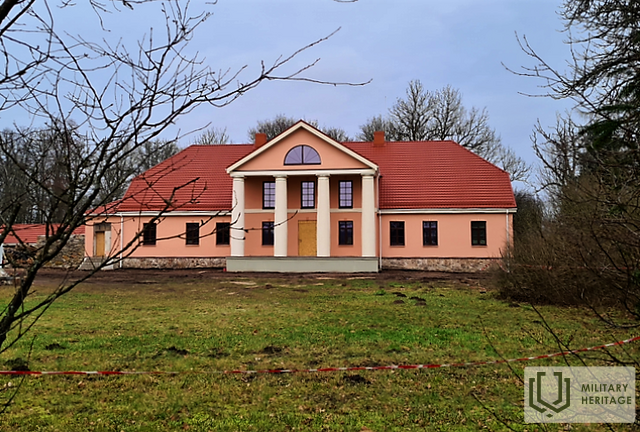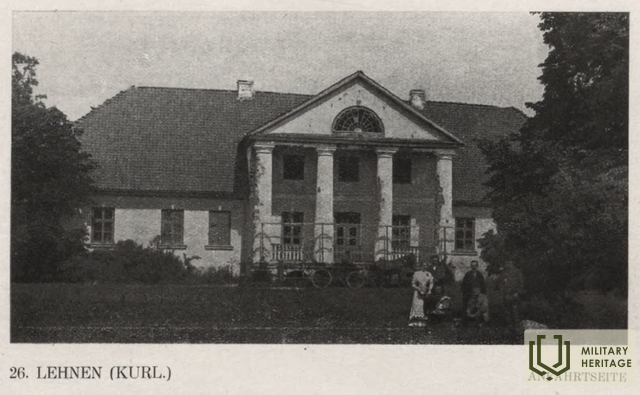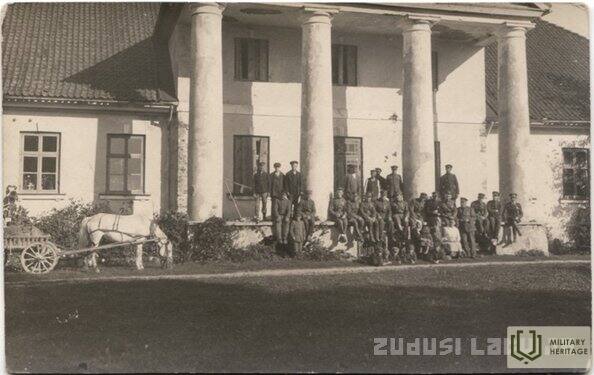Lēnu Manor Infrastructure


 157
157



The manor castle is located in the village of Lēnu, by the Venta River. The castle is currently privately owned and can therefore only be seen from a distance.
The manor house was used as a support point by the 1st Latvian Separate Battalion from the end of January to 3 March 1919. The Latvian Separate Battalion had to liberate the surroundings of Leni Manor in order to be able to cross the river opposite Jaunmuiža.
The manor belonged to Baron Friedrich von Firks, who also owned the Rudbāržzi and Sieksate manors. The manor house was built in the 19th century. For the Baron, the castle of Lēnu served mainly as a place for hunting and weekend relaxation.
From 1927 to 1937 the castle was a school, and during the Soviet occupation it was a collective farm woodshop. In 1965, a community centre was opened. The ensemble of buildings has suffered many alterations and the park has not been preserved. Several outbuildings have survived.
Used sources and references:
Lēni Manor - Skrunda County Municipality
Lost Latvia
Latvian manors and castles
Related timeline
Related stories
The heroism of Colonel Oskars Kalpaks in the Battle of Skrunda
Colonel Oskars Kalpaks won the respect of his soldiers by his personal example and encouragement.
Colonel Kalpak's last battle near Airīte
Colonel Kalpaks was a respected figure in military circles and a true patriot. It was the spirit of patriotism and an unfortunate coincidence that led to the fatal clash between him and the German battalions, which unfortunately ended with the death of Colonel Kalpaks.
The 1st Latvian Separate Battalion crossed the Venta on March 3, 1919
One of the main challenges for the units of the 1st Latvian Separate Battalion was to cross the frozen river Venta and build a road across it.
Captain Aleksandar Leving's memories of a reconnaissance expedition over Venta near Lenas
In February 1919, both sides of the Venta River were active in reconnaissance activities. Captain Alexander Loeving, Chief of the Cavalry Division, was one of the commanders of the reconnaissance raids.







